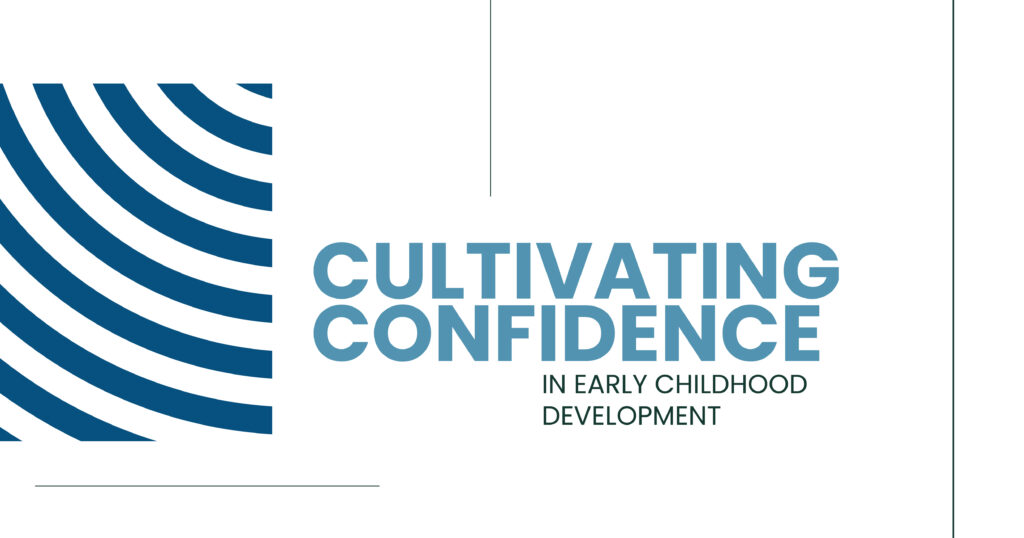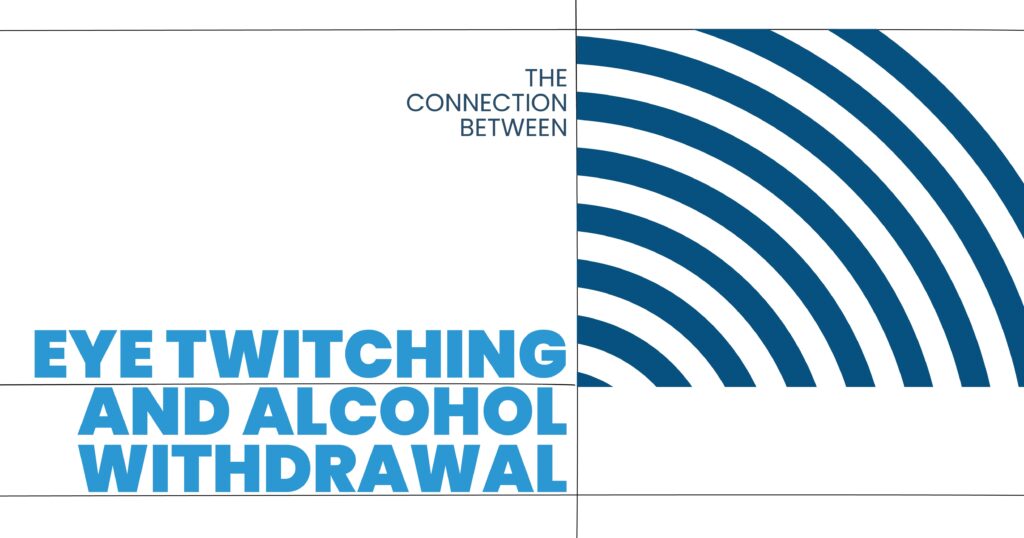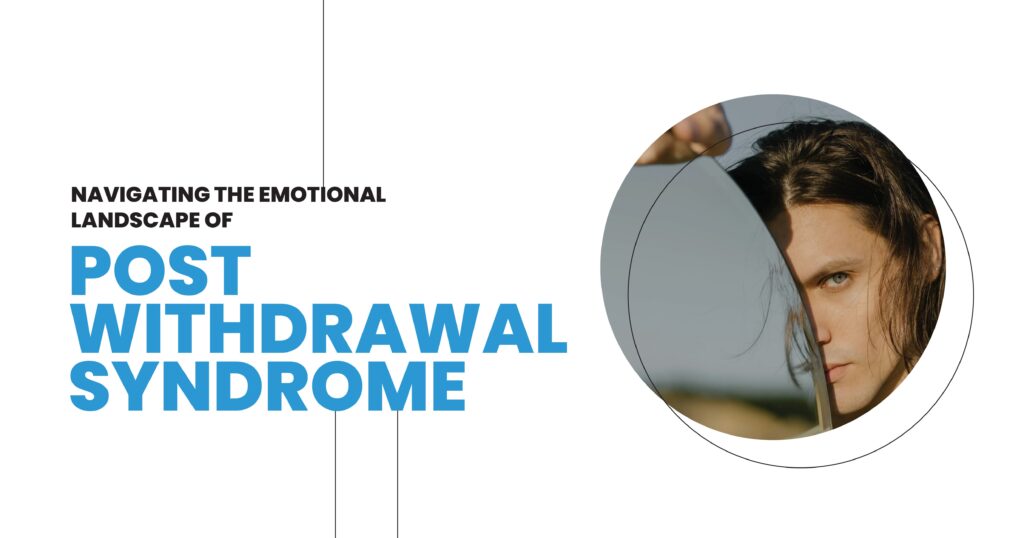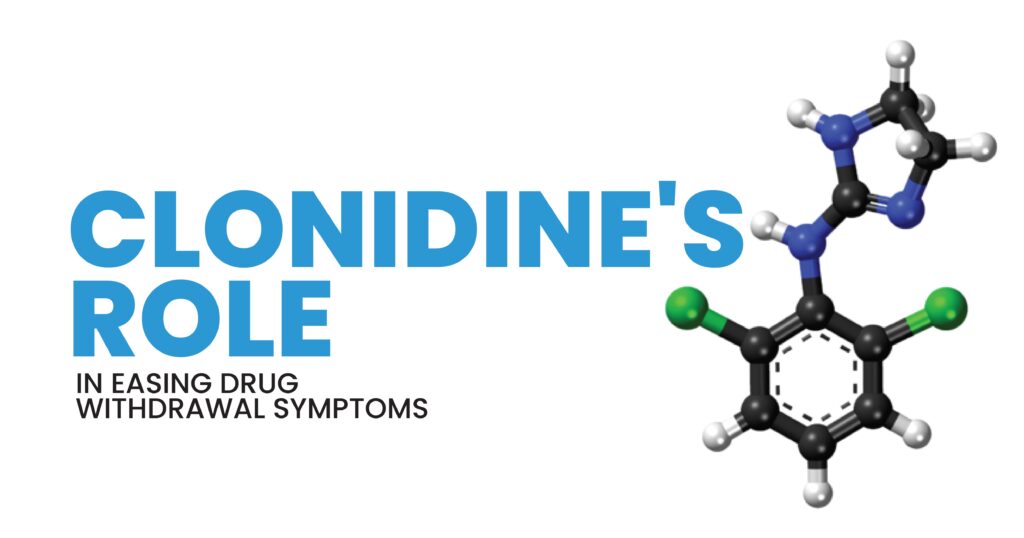Early Childhood Confidence: Nurture Self-Esteem Early

Authored By:
Raleigh Souther

Edited By:
Chase Mcquown

Medically Reviewed By:
Dr. Alejandro Alva
- Last Updated:

Do not underestimate kids, because they are more competent than most people give them credit for. In fact, they can easily learn new skills at a faster pace compared to adults. It is easier for kids to:
- Learn new languages
- Master tech gadgets
- Mimisk dance moves
- Build confidence and other healthy characteristics
The fast earning pace isn’t accidental, but can be defined by how their brains and environments are wired for discovery. So, what better period to build confidence in a person than in early childhood?
So, let’s jump into the importance of building self-confidence in kids and the impact educators have in this process.
Building Self-Assurance in Early Childhood Development
Ensuring positive childhood development is not as complicated as it may sound if you have a kid under your care. It can simply involve encouraging the kid to:
- Choose their outfit
- Speak up in class
- Encourage the kid to try again after failure
- Attempt to make new friends
- Ask an adult for help
- Praise effort and not just results
- Provide consistent routines
Self-assurance is ensuring your child has a strong belief in their abilities. If you want to build emotional growth, give the child a space to make mistakes and learn from such mistakes.
Why is it important to build self-confidence in this stage of a child? The following table answers this question.
| Context | Description |
| Neuroplasticity | Their brains are highly adaptable and form connections faster. |
| Curiosity-Driven Learning | They explore fearlessly and ask questions constantly. |
| Less Fear of Failure | They try without overthinking or fearing mistakes. |
| Repetition Through Play | Play often involves repeating actions, which boosts mastery. |
| High Absorption of Language and Social Cues | Kids naturally pick up words, gestures, and tones from their surroundings. |
| Focused Environments | Learning is often embedded in routine activities (school, games, family). |
| Mimicry and Observation | They watch closely and copy behavior or skills instantly. |
| Lower Cognitive Biases | They haven’t yet built up limiting beliefs or “I can’t do this” thinking. |
The Impact of Initiative Vs Guilt in Young Children
Initiative vs Guilt was developed by Erik Erikson in his third stage of psychosocial development. This typically occurs in kids ages 3–6, as they begin to assert power through:
- Play
- Choices
- Social interaction
So, your parental influence and how they respond to their environments shape whether the kids develop a healthy sense of initiative or sink into guilt and self-doubt. This stage lays the groundwork for:
- Decision-making
- Leadership
- Confidence
Initiative vs guilt manifests in early childhood through the following actions:
| Scenario | Initiative (Positive Response) | Guilt (Negative Response) |
| Trying to tie their shoelaces | Parent encourages effort and praises the attempt | Parent gets frustrated and says, “You’re too slow, let me do it” |
| Starting a pretend game with friends | Child leads the play and feels proud of their ideas | Other children or adults laugh or dismiss the idea, child withdraws |
| Spilling juice while helping at lunch | Parent calmly says, “It’s okay, accidents happen | Parent scolds harshly and says, “You always make a mess” |
| Drawing on the wall by mistake | Caregiver explains boundaries | Caregiver yells, causing the child to feel shame |
| Interrupting with a question | An adult listens and responds supportively | Adult snaps, “Don’t talk when adults are speaking!” |
| Helping put groceries away | Parent thanks child for helping and gives a small task next time | Parent criticizes child for doing it “wrong” and excludes them |
The situation given above will do two things:
- Builds the child’s self-confidence.
- Reinforces guilt and hesitation.
Fostering a Supportive Environment at Home
Creating a supportive home environment is essential to help children feel emotionally secure, capable, and valued. In the initiative vs guilt stage of early development, children are especially sensitive to how their actions are received.
A nurturing atmosphere encourages exploration and effort, while a harsh or overly controlling one may lead to shame, fear of mistakes, or emotional withdrawal.
Key Elements of a supportive home environment include:
- Consistent routines
- Encouragement over criticism
- Reinforces positive behavior without shaming mistakes
- Freedom to explore safely
- Let kids test ideas and build confidence
- Emotional availability
- Choice and autonomy
- Constructive discipline
Unique aspects of a supportive vs an unsupportive home are:
| Home Environment Feature | Supportive Approach | Unsupportive Approach |
| Mistake Response | “It’s okay, you’re learning!” | “You always mess things up!” |
| Daily Tasks | Child sets the table with guidance | Parent does everything or criticizes child’s effort |
| Emotional Reactions | Parents stay calm and discuss feelings | Emotions are dismissed or punished |
| Decision-Making | Child chooses between 2 outfits or snacks | Parent makes all choices for the child |
| Creative Expression | Art, role-play, and curiosity are encouraged | Creative behavior is labeled as “silly” or “annoying” |
| Praise Style | “You worked hard on that!” | “Why didn’t you do it better?” |
Creating a good environment is not something to panic about. It’s not difficult and doesn’t require perfection, but just:
- Patience
- Warmth
- Willingness to let children learn through doing
Encouraging Exploration and Creativity
This isn’t just about letting your child play in the dirt or always saying yes to their request. Exploration is important as it aids cognitive development.
When children are free to ask questions, imagine, and try new things, they build Problem-solving skills and emotional resilience.
This supports the side of Erikson’s psychosocial theory and helps prevent guilt and self-doubt. The key Benefits of encouraging exploration and creativity are:
- Boosts independence
- Enhances emotional expression
- Promotes cognitive flexibility
- Fosters a lifelong love of learning
Practical ways to encourage exploration
- Provide open-ended toys such as blocks
- Let kids ask questions without rushing to correct them
- Set up safe spaces for mess and mistakes
- Encourage imaginative play
- Display their creations to show it’s valued
- Avoid hovering, let them try, even if they fail
The Role of Caregivers and Educators
Caregivers and educators play a powerful role in shaping a child’s sense of initiative during the early years. Their reactions to a child’s actions and mistakes influence whether the child feels confident exploring the world or hesitant and full of guilt.
When adults act as guides rather than critics, children are more likely to grow into emotionally secure, capable individuals. The Role of caregivers in the initiative vs guilt stage includes:
| Caregiver Behavior | Supports Initiative | Leads to Guilt |
| Encouraging decision-making | Child feels capable and trusted | Child feels unsure and overly reliant |
| Responding with patience to mistakes | Builds resilience and learning | Instills fear of failure and self-blame |
| Offering praise for effort | Reinforces intrinsic motivation | Makes child seek only external approval |
| Allowing independent play | Fosters creativity and leadership | Suppresses imagination and confidence |
| Listening attentively | Builds emotional trust and openness | Child may feel dismissed or invalidated |
| Setting gentle boundaries | Creates a safe space to explore | Harsh limits can result in emotional withdrawal |
Balancing Independence and Guidance
Balancing independence and guidance helps children develop confidence while still feeling supported. You can achieve this in the following ways:

- Offer limited choices (e.g., “red shirt or blue shirt?”)
- Allow time for independent tasks
- Step in only when safety is at risk
- Encourage problem-solving before offering help
- Set clear, kind boundaries
- Be available, not overbearing
Addressing Common Challenges in Early Confidence Building
While fostering confidence in young children is vital, it often comes with hurdles. Caregivers must navigate mistakes, emotional ups and downs, and the delicate line between helping and hovering. This can include taking the following into consideration:
- Fear of failure can cause hesitation
- Overprotection may limit independence
- Harsh criticism lowers self-esteem
- Inconsistent responses confuse boundaries
- Lack of encouragement discourages effort
- Comparisons with peers can trigger self-doubt
Learn About the Long-term Benefits of Confidence at Visalia Recovery Center
Confidence built in early childhood doesn’t just influence behavior in the moment, but it shapes how a person approaches challenges, relationships, and self-worth throughout life.
At Visalia Recovery Center, you can explore how emotional development in the early years contributes to long-term mental health and personal success. The reasons why confidence matters long-term are:
- Encourages healthy risk-taking
- Builds resilience to stress and failure
- Improves communication and assertiveness
- Supports goal-setting and persistence
- Reduces anxiety and self-doubt
Contact Visalia Recovery Center for support and guidance

FAQs
How does Erik Erikson’s theory of psychosocial stages relate to childhood development in the early years?
Erik Erikson’s theory is a great way to understand childhood development. For instance, if a kid builds a spaceship, praise him for his creativity, but also explain its parts and how it’s supposed to work. However, if you scold a kid harshly when they make an error, they might hesitate next time.
What role does parental influence play in a child’s emotional growth during the initiative vs guilt stage?
Your influence as a parent in a child’s life can build confidence or lead to guilt. Harshly disregarding a child after they made a mistake can make them indecisive or create self-doubt. But when you encourage them to make their choice, even though they fail, they build confidence.
How can fostering self-confidence in early childhood impact decision-making skills later in life?
Confident kids trust their abilities and instincts. This can be achieved by simply encouraging a kid to plan a simple game or pick out a bag for school. This confidence is built because they have been given the space to take initiative, assess the risks, and make decisions without fear of failure. This trait will help their decision-making skills.
What are the key differences between initiative and guilt in Erikson’s stages of psychosocial development?
Allowing your kid the freedom to take control through questions and trying new things will give them the initiative to take action. However, when you discourage a child, they will doubt their actions and end up feeling guilty. The main difference between initiative vs guilt lies in the outcome, one leads to confidence and the other to hesitation.
How do childhood experiences in the initiative vs guilt stage affect overall emotional growth?
As an adult, you can get discouraged when someone doesn’t acknowledge your efforts, so how much more a child? In the initiative vs guilt stage, if you don’t encourage your child and frequently criticize them, it can affect their emotional growth negatively.


